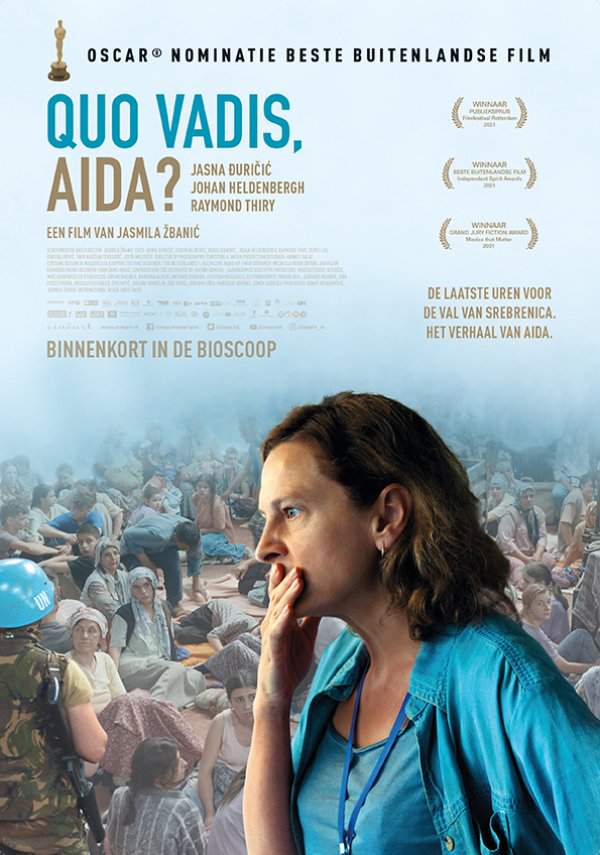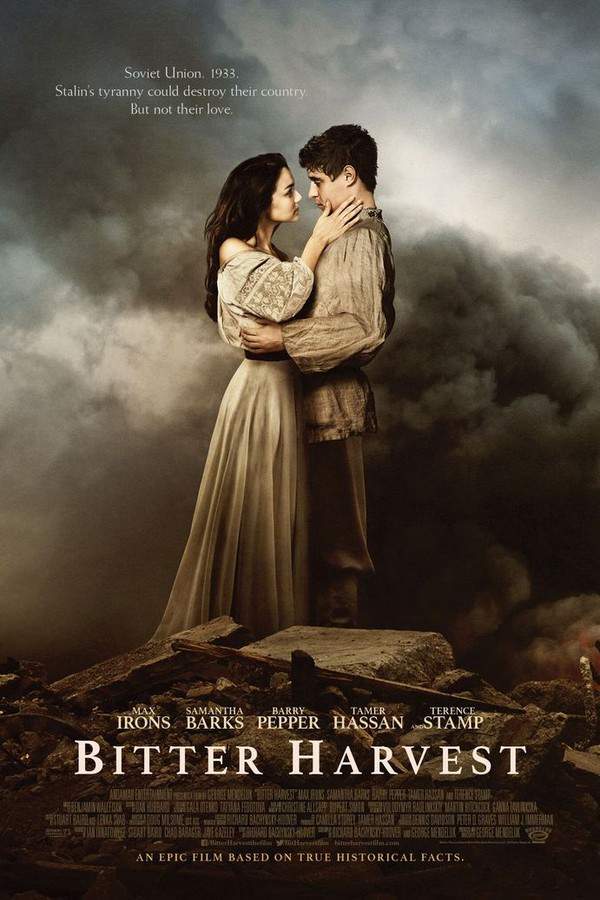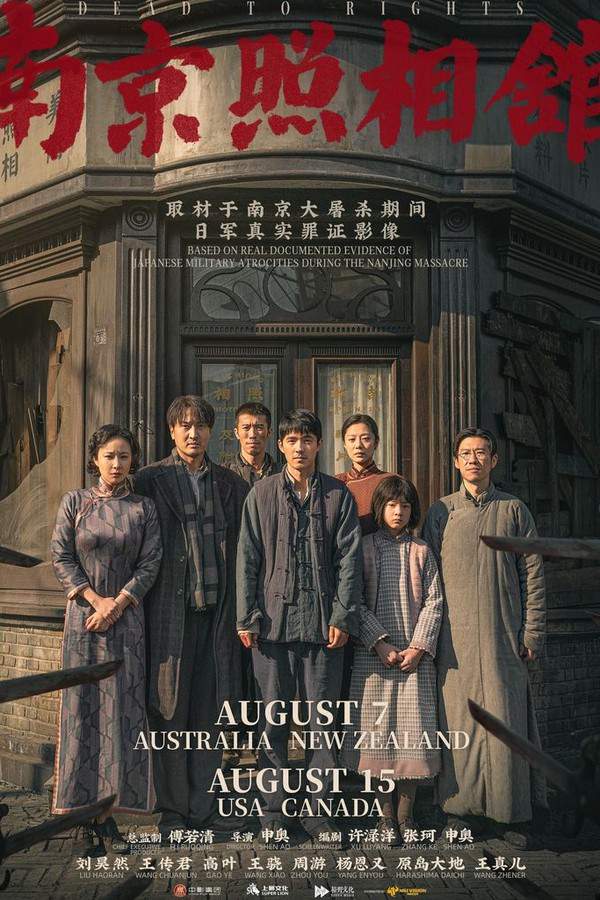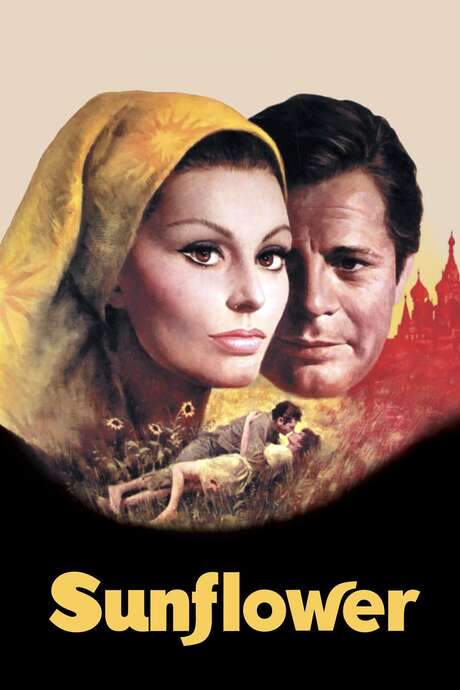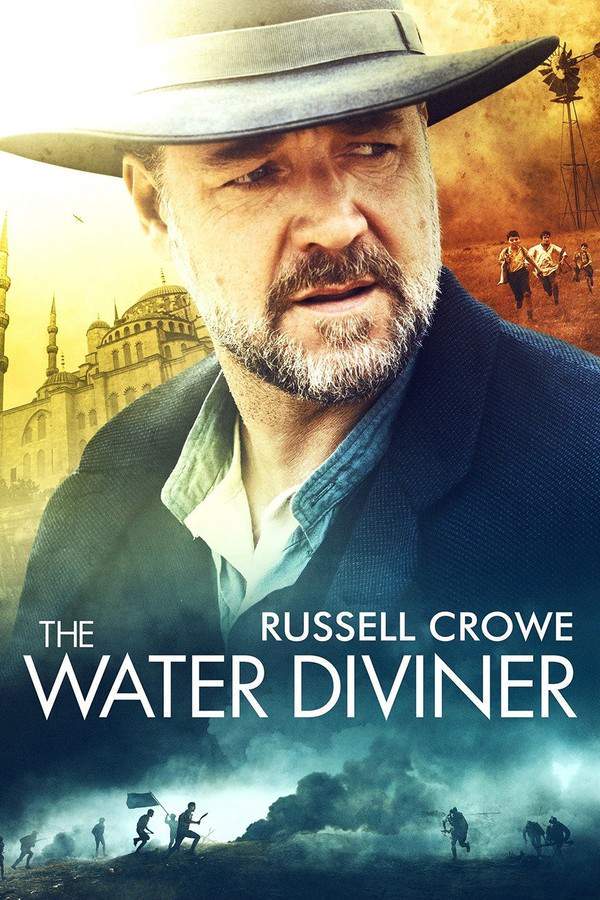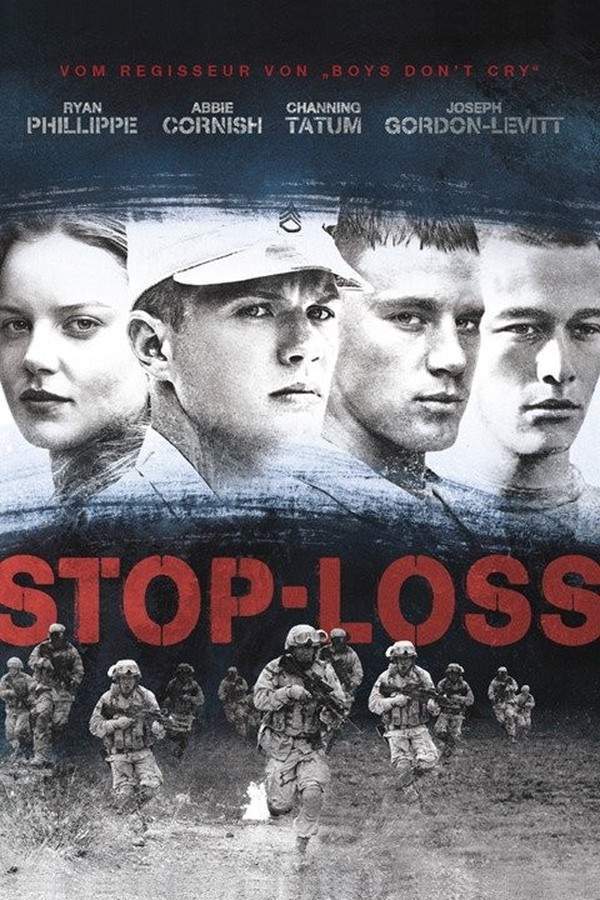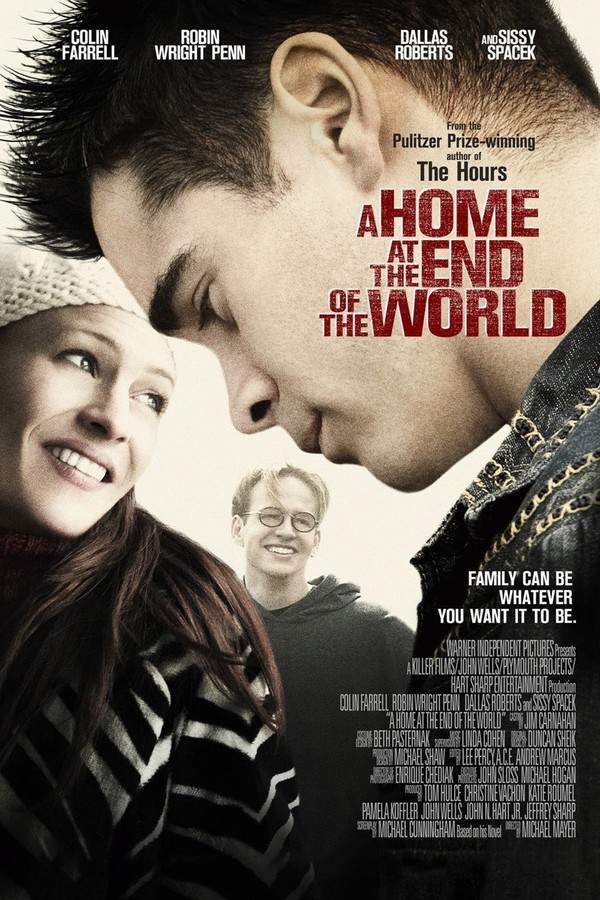
Children of War
Year: 2014
Runtime: 160 mins
Language: Hindi
Director: Mrityunjay Devratt
A young person’s search for belonging unfolds against the backdrop of a nation consumed by conflict. Inspired by the tragic events of the 1971 genocide, the film explores the devastating consequences of war and the difficult choices people make in times of crisis. It examines the dark side of humanity and questions whether the pursuit of power can lead to unimaginable atrocities. The film highlights the suffering of countless individuals and the lasting impact of violence.
Warning: spoilers below!
Haven’t seen Children of War yet? This summary contains major spoilers. Bookmark the page, watch the movie, and come back for the full breakdown. If you're ready, scroll on and relive the story!
Timeline – Children of War (2014)
Trace every key event in Children of War (2014) with our detailed, chronological timeline. Perfect for unpacking nonlinear stories, spotting hidden connections, and understanding how each scene builds toward the film’s climax. Whether you're revisiting or decoding for the first time, this timeline gives you the full picture.
Last Updated: October 09, 2025 at 16:07
Explore Movie Threads
Discover curated groups of movies connected by mood, themes, and story style. Browse collections built around emotion, atmosphere, and narrative focus to easily find films that match what you feel like watching right now.
Historical Atrocity Dramas like Children of War
Powerful films that bear witness to the darkest chapters of human history.If you were moved by Children of War, explore more movies like it that grapple with historical atrocities. These powerful war dramas share a similar heavy feel, focusing on themes of genocide, survival, and political resistance with a serious tone and high emotional intensity.
Narrative Summary
These narratives often unfold against well-researched historical backdrops, weaving together multiple perspectives—victims, perpetrators, bystanders—to create a comprehensive and harrowing picture of a specific conflict. The journey is one of survival and moral questioning, culminating in a somber reflection on the lasting impact of violence.
Why These Movies?
Movies are grouped here based on their shared commitment to documenting real-world atrocities with historical weight, a dark and heavy tone, and a focus on the profound emotional and moral consequences of systemic violence.
Movies with Bittersweet Endings like Children of War
Stories where resilience offers a fragile hope after overwhelming tragedy.For viewers who appreciated the complex ending of Children of War, this thread gathers films with similarly bittersweet conclusions. These stories share a high emotional weight and a dark tone but end with a glimmer of hope or resolution after immense hardship, much like Children of War.
Narrative Summary
The plot structure follows characters enduring extreme trauma and loss, testing their will to survive. The climax is not a traditional victory but a moment of personal resolution, often involving reconciliation or a commitment to memory, which provides a sliver of light against a backdrop of overwhelming darkness.
Why These Movies?
This thread unites films that masterfully balance stark depictions of suffering with a final, poignant note of human resilience. The shared element is the specific emotional arc: a journey from devastation to a fragile, bittersweet conclusion that acknowledges the scars but affirms the will to endure.
Unlock the Full Story of Children of War
Don't stop at just watching — explore Children of War in full detail. From the complete plot summary and scene-by-scene timeline to character breakdowns, thematic analysis, and a deep dive into the ending — every page helps you truly understand what Children of War is all about. Plus, discover what's next after the movie.
Children of War Summary
Read a complete plot summary of Children of War, including all key story points, character arcs, and turning points. This in-depth recap is ideal for understanding the narrative structure or reviewing what happened in the movie.

Characters, Settings & Themes in Children of War
Discover the characters, locations, and core themes that shape Children of War. Get insights into symbolic elements, setting significance, and deeper narrative meaning — ideal for thematic analysis and movie breakdowns.

Children of War Spoiler-Free Summary
Get a quick, spoiler-free overview of Children of War that covers the main plot points and key details without revealing any major twists or spoilers. Perfect for those who want to know what to expect before diving in.

More About Children of War
Visit What's After the Movie to explore more about Children of War: box office results, cast and crew info, production details, post-credit scenes, and external links — all in one place for movie fans and researchers.



